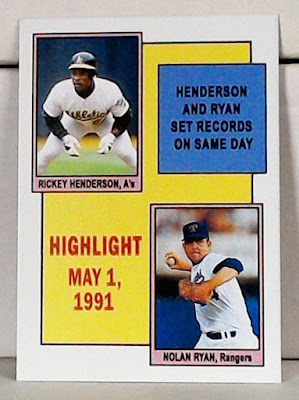Welcome back to The 1982-83 O-Pee-Chee Dating Game, where
we'll randomly select three eligible bachelors from the set and you,
the reader, will choose which one wins that date with a special lady. How do we know they're bachelors? Why, it says so right on
the back of their hockey cards, that's how!
Previous episodes are available here.
The big winner of episode 16, in an impressive comeback, was Jim Peplinski. (UPDATE: More than two weeks after the episode aired, Lars Molin received a vote to tie the score. However, since the vote was cast at such a late date, we're going to nullify it. We spoke to Lars and he said he was fine with the decision, and he immediately went off to do some more windsurfing.)
Now, let's start the 17th round and introduce the bachelors chosen by the randomizer! [APPLAUSE]
Previous episodes are available here.
The big winner of episode 16, in an impressive comeback, was Jim Peplinski. (UPDATE: More than two weeks after the episode aired, Lars Molin received a vote to tie the score. However, since the vote was cast at such a late date, we're going to nullify it. We spoke to Lars and he said he was fine with the decision, and he immediately went off to do some more windsurfing.)
Now, let's start the 17th round and introduce the bachelors chosen by the randomizer! [APPLAUSE]
Bachelor number 1: Right wing from the Buffalo Sabres, Mike Foligno
Bachelor number 2: Center from the New York Islanders, Brent Sutter
Bachelor number 3: Defenseman from the Detroit Red Wings, Willie Huber
Last episode it was an all-Canadian team battle. This time it's all American teams. Let's find out more about these gents from the back of their cards.
Alright folks, who's going out on a date with our nice young lady this time?
Bachelor number 1: Softball guy with the nice smile, Mike Foligno.
Bachelor number 2: Former Bronco and one of five hockey-playing brothers, Brent Sutter.
Bachelor number 3: Fishing enthusiast Willie Huber.






















